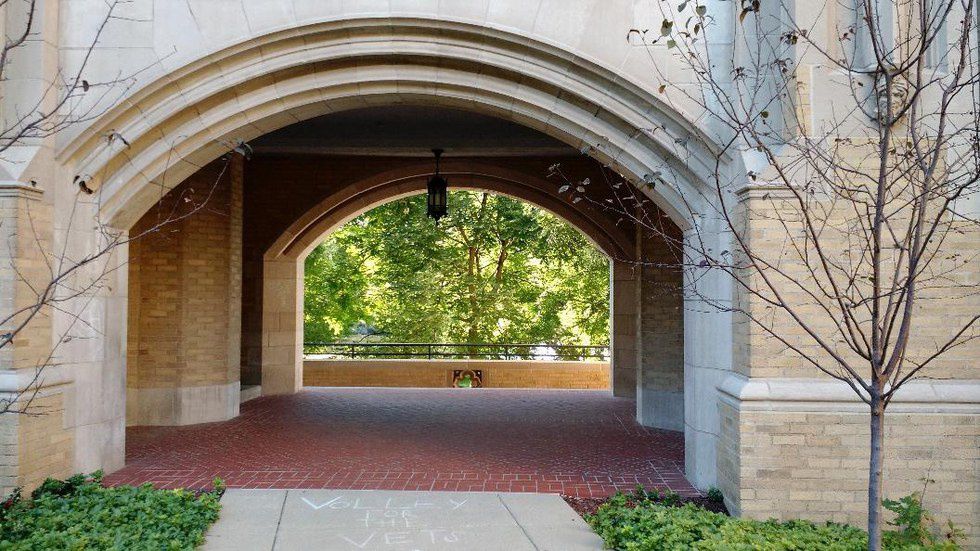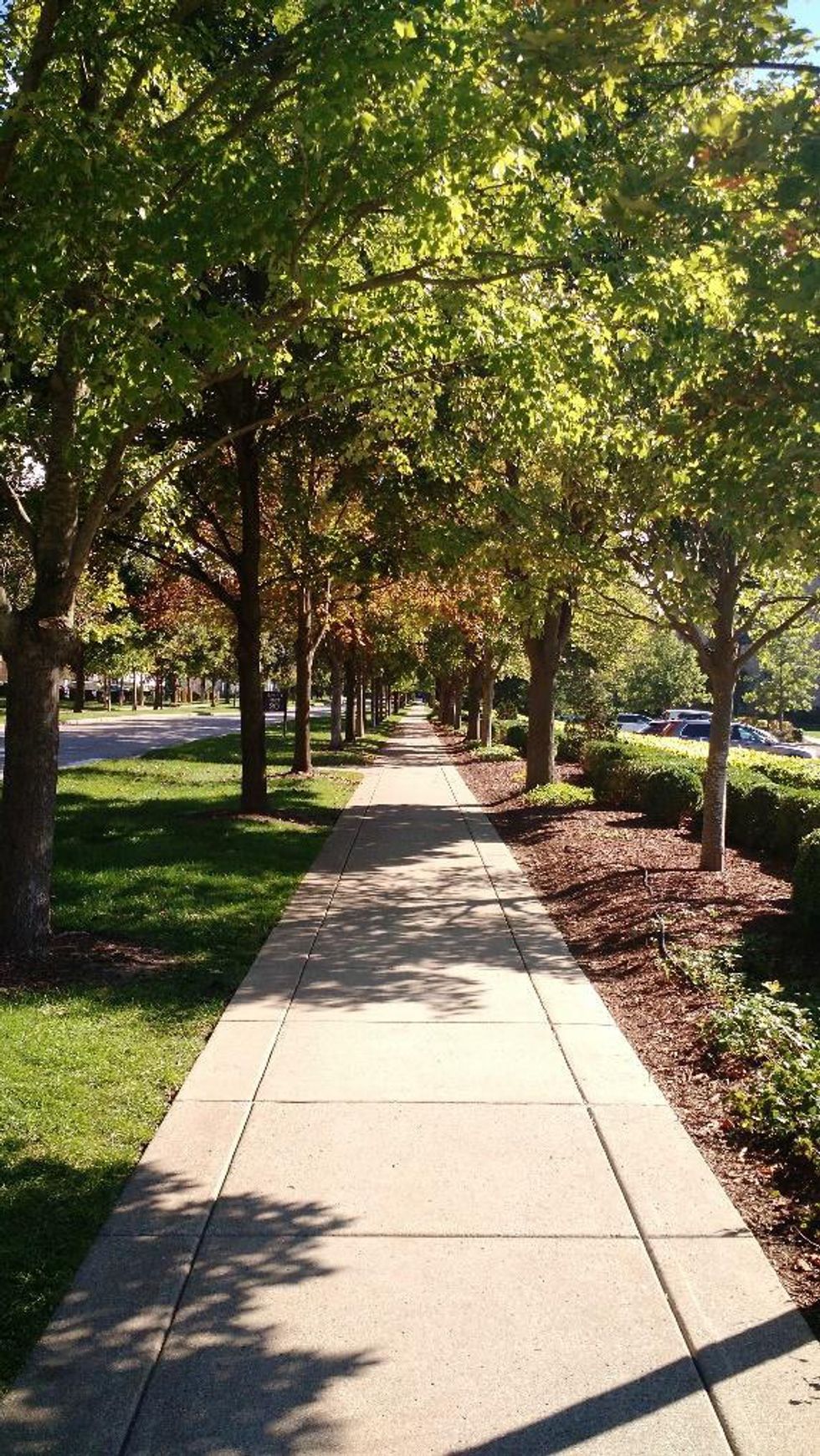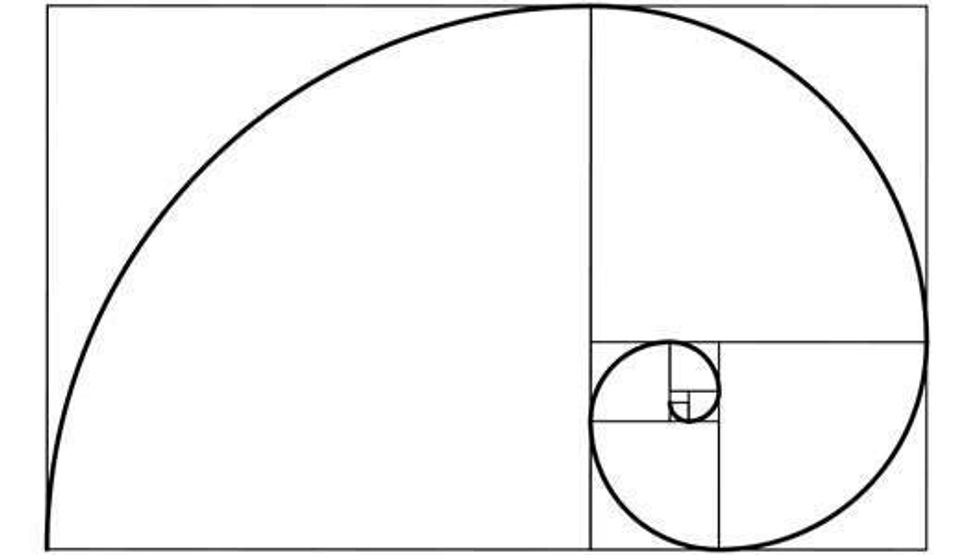I found myself inexplicably drawn to the arch underneath Lyons Hall. Green trees appear on the other end, a tiny breath of what could be on the other side. Something about it pulls at the deepest part of my being: the cool shade underneath the arch, the stonework, the breeze dappling the leaves on the other side and rushing past my ear. It calls to me, tells me to come closer, to explore where it might lead me. And for a moment, I forget where I am. All of my focus is on that archway and what could be on the other side.
There are places where time seems to stand still. Where pieces of space have lost their way and distorted reality to the point that everything just seems…different. Ethereal, almost. For me, it’s doorways, or archways. Anything where you’re being hugged along either side and over in a curving way that seems to lead somewhere. It doesn’t matter if you can see the other side. You’re entering another world, remember? That grove of trees leads to Narnia. That archway leads to a galaxy far, far away. That doorway could take you to Spain, for all you know.
Doors have an opening, they lead you from one place to another. People seem to forget how magical that is. Imagine opening the door that leads to your bedroom one day and instead you find yourself in the middle of a field of golden barley. Where you are, you don’t know, but your door brought you here. One of my favorite movies takes place in a castle with a door that opens to four different places, depending on where the dial above it is set, and is probably where my love of fantasy doors and archways came from. The idea of this non-sentient object having a mind of its own, magically transporting you to somewhere you don’t expect, always made me desperate for something like that of my own.
In Ancient Rome, the god Janus has two heads: one to see into the past, one to see into the future. He is the god of doorways, of time and transition and passages and gates, of beginnings and endings. Imagine that, a whole god for a doorway! Janus was the god of peace and war, and the doors to his temple were closed when there was peace throughout the empire. A god of opposites, of transitions. The idea of a god presiding over a doorway seems to give it some stability though: unless the god is angry at you, you can be fairly sure that your door is going to lead you to the bathroom, not a bullfighting ring or the Coliseum.
Archways are the same way, it seems, though they’re more open, but I always find myself irresistibly drawn to them. There’s something about walking through a trellis of plants or a road lined with identical trees whose branches entangle overhead into a sort of arch that pulls me towards them. Perhaps I’m waiting for the trees to start walking, like the Ents. Maybe I’m waiting for someone to set a crown atop my head and urge me forward like a princess. Or maybe I’m just enchanted by the idea of walking under something that is so natural but seems so elegant.
The natural curve of the trees can probably be explained scientifically. The Golden Spiral can be connected to many of nature’s patterns and designs. And that design can be attributed to numbers. The Fibonacci Sequence has been attested to so many natural forms. A sequence of numbers, in which each number is the sum of the previous two numbers, it is shown by putting blocks together with the edge of each square equaling each of the numbers in the sequence. 1, 1, 2, 3, 5, 8, 13, 21…and on and on and on. Put mathematically, it forms a natural curve by connecting the corners of each square, like the spiral of a nautilus shell, with continued growth at an exponential rate. The curves and lines that are so pleasing to the eye in nature, the ones in the hexagons of dragonfly wings and in the curve of fishbones and the spirals of sunflower seeds, are all science. And the arches and doorways and even the Parthenon’s design can all be attributed to the Fibonacci Sequence: to numbers. Fantasy and elegance and things of art being connected so heavily to numbers and science! We find these things naturally pleasing, catching to the eye. Beautiful.
Doorways are hardly magical things when thought about logically, but it is nice to know that numbers and art aren’t so far apart. It brings a sort of connection to two subjects that are considered to be on opposite ends of the spectrum. The Door of Math doesn’t close when the Door of Art opens. Two doors open, complimenting each other.
I manage to finally overcome the pause in reality and wander to the edge of the little balcony that the archway tunnel leads to. Past the trees, the lake gleams, water rippling. I’m sure there’s some scientific explanation for the way the water moves as well, but I’m less knowledgeable about that one than I am about Fibonacci. It’s still beautiful, natural art. And for a moment, looking at something so beautiful, art and science combining into one gorgeous stone archway overlooking a lake, time seems to stand still.











 The minimum wage is not a living wage.
StableDiffusion
The minimum wage is not a living wage.
StableDiffusion
 influential nations
StableDiffusion
influential nations
StableDiffusion











